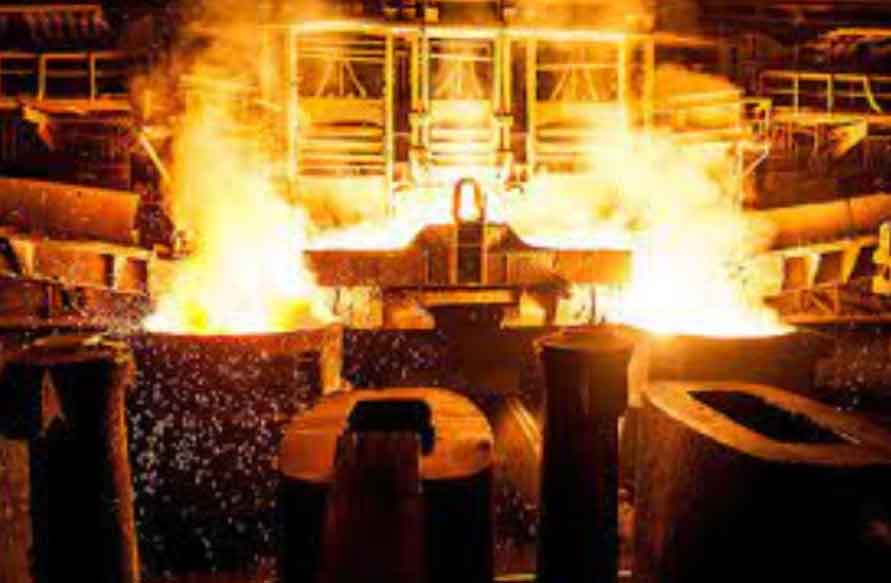
Lost Foam Casting and Investment Casting are two popular methods used in the metal casting industry. While they have some similarities, there are also significant differences between the two processes. Let’s explore a comparative analysis of Lost Foam Casting and Investment Casting:
- Process Overview:
- Lost Foam Casting: In Lost Foam Casting, a foam pattern of the desired product is created, which is then coated with a refractory material. The coated pattern is then embedded in sand or other casting media, and molten metal is poured into the mold. The heat of the metal causes the foam to vaporize and the molten metal fills the void, solidifying to form the final casting.
- Investment Casting: In Investment Casting, a wax or thermoplastic pattern is created, which is then coated with a ceramic shell. The coated pattern is heated to remove the wax, leaving a cavity in the ceramic shell. Molten metal is then poured into the shell, filling the cavity and forming the final casting.
- Complexity:
- Lost Foam Casting: The process is relatively simple and requires fewer steps compared to Investment Casting. The foam pattern is easily created and can be customized as per the desired design.
- Investment Casting: Investment Casting involves several intricate steps, including the creation of wax patterns, assembly, shell building, dewaxing, and casting. It requires more expertise and precision.
- Design Flexibility:
- Lost Foam Casting: This process allows for greater design flexibility due to the use of foam patterns. Complex shapes, internal cavities, and thin-walled sections can be easily achieved.
- Investment Casting: Investment Casting also offers good design flexibility but may have some limitations compared to Lost Foam Casting, especially when it comes to complex internal geometries.
- Surface Finish and Detail:
- Lost Foam Casting: Lost Foam Castings generally have a smoother surface finish and can reproduce intricate details accurately.
- Investment Casting: Investment Castings also offer excellent surface finish and can capture fine details, making it suitable for high-precision applications.
- Material Selection:
- Lost Foam Casting: Lost Foam Casting is commonly used for casting non-ferrous metals like aluminum and copper alloys.
- Investment Casting: Investment Casting can handle a wide range of materials, including ferrous metals, stainless steel, aluminum, titanium, and more.
- Production Volume:
- Lost Foam Casting: Lost Foam Casting is often used for lower to medium production volumes due to the time and cost associated with creating foam patterns.
- Investment Casting: Investment Casting can be used for both low and high production volumes. The process is well-suited for producing complex, high-quality castings in larger quantities.
- Cost:
- Lost Foam Casting: Lost Foam Casting can be cost-effective for smaller production runs, but the cost of creating foam patterns and tooling can add to the overall expense.
- Investment Casting: Investment Casting tends to have higher tooling costs but can offer better cost-efficiency for larger production volumes.
Lost Foam Casting and Investment Casting are both valuable methods for producing high-quality metal castings. Lost Foam Casting is simpler, offers greater design flexibility, and is suitable for non-ferrous metals. Investment Casting, on the other hand, is more complex, accommodates a wider range of materials, and is capable of producing intricate details. The choice between the two methods depends on the specific requirements of the casting project, including design complexity, production volume, material selection, and cost considerations.
